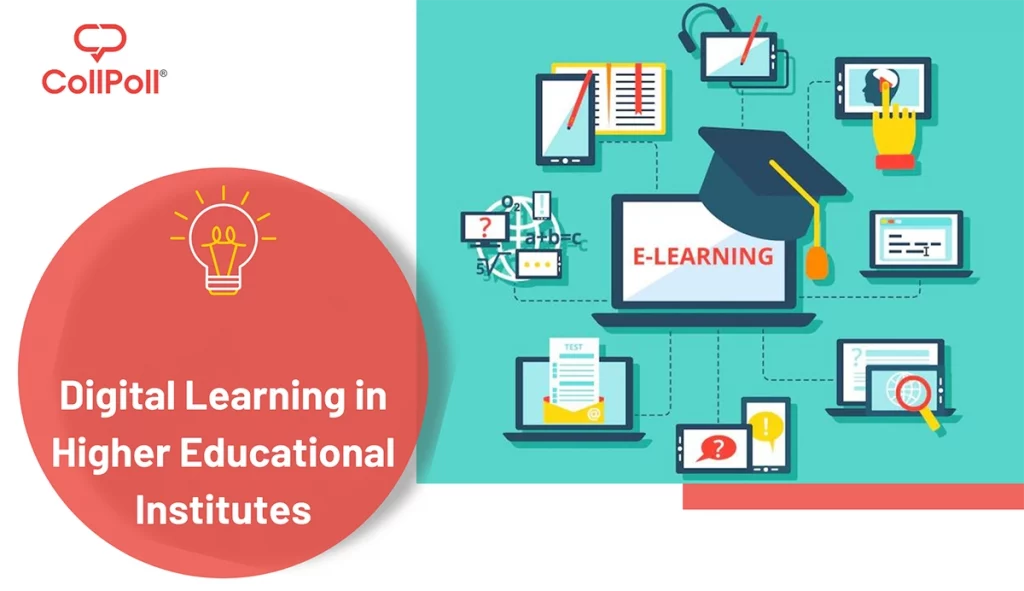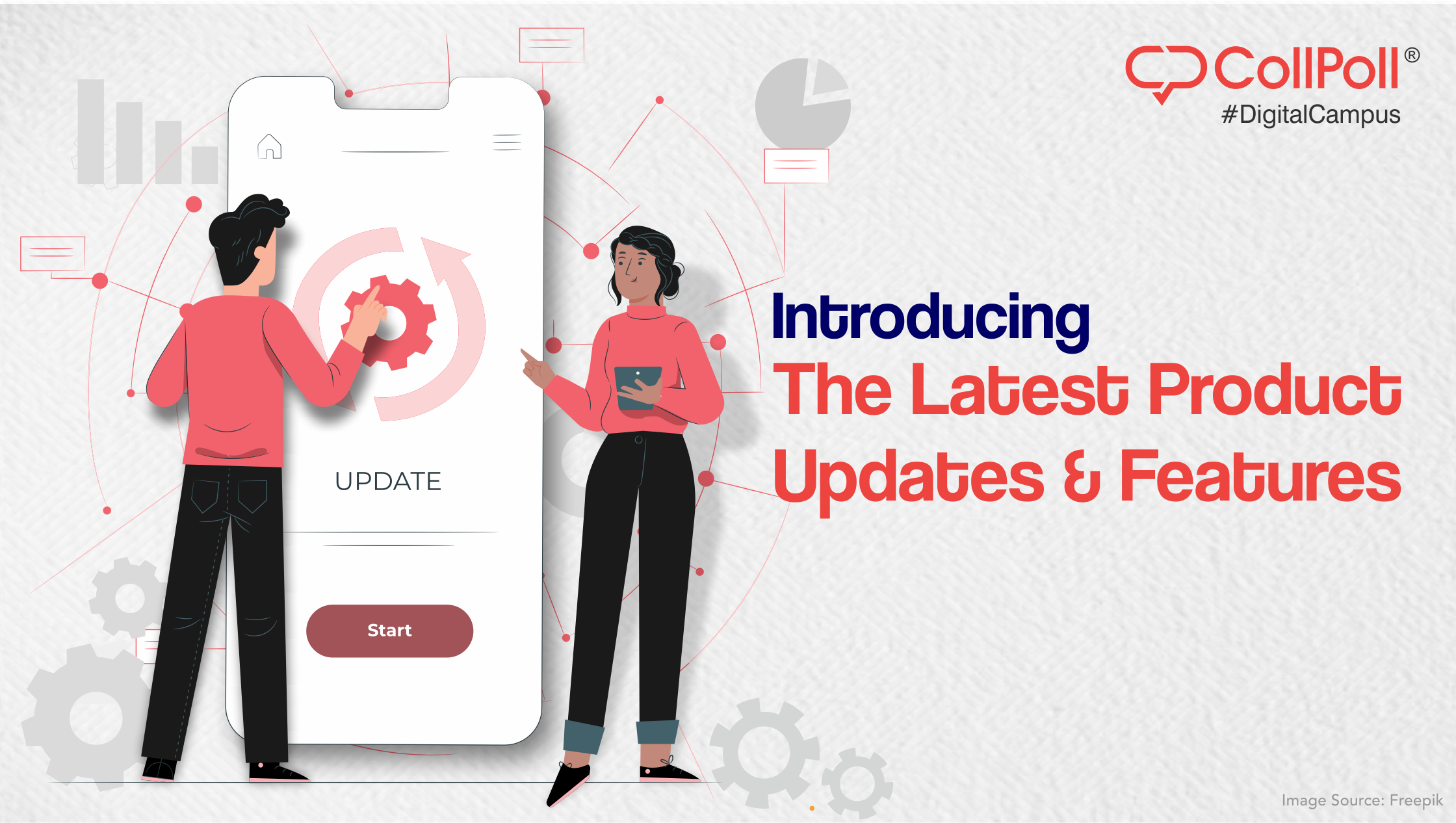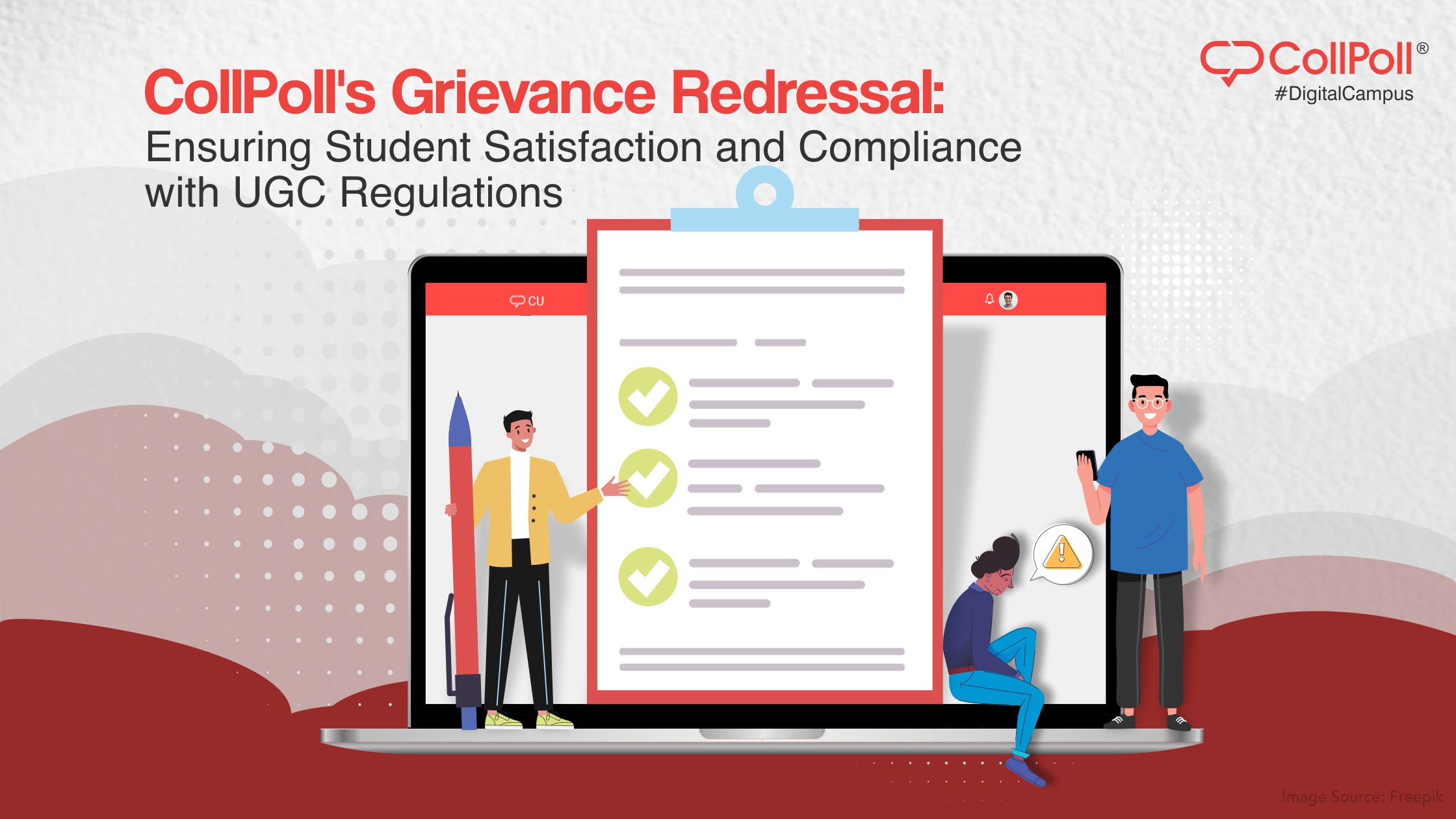Digital Learning in Higher Educational Institutes
Information Technology has transformed the educational space, making learning accessible and more efficient. It has also led to smooth and streamlined management of institutes. Most importantly, access to educational content and information is not limited to CDs. And this can be exactly what higher educational spaces need considering various limitations like location and time constraints.
The wide reach of the internet and brilliant online systems available has led to better student engagement and helped institutes improve the quality of content and learning. With a fast-growing dependency on digital assets, digital learning has become the need of the hour. Currently valued at approximately $200 billion, the digital learning industry is projected to reach $840.11 billion by 2030.
How does digital learning work? What does it comprise of? What makes digital management in the education space so important? We have covered all this information in this detailed article.
What is Digital Learning?
Digital learning makes effective use of technology to create an enhanced and effective learning experience for students where they can have more control over study material, learning time & schedule, and their own learning style.
Digital learning requires students to have access to the internet and authorisation to use the digital learning platform used by their universities or colleges.
Students can access digital content in the form of text, audio, video, tutorials, presentations, etc. Digital learning also facilitates the digital management of everything from performance tracking to examinations.
Let’s read the features of digital learning in education in detail.
- Accessibility
Taking education online has allowed it to be more accessible for everyone around the world irrespective of location, gender, race, religion, etc. Digital learning in education removes all discriminations so that education is available to every individual who wants to learn.Digital learning has also made learning more convenient and effective for people with different capabilities as they can learn without any human barriers. - Collaboration
Digital learning makes way for collaboration among learners and teachers without having to meet personally. A good digital learning platform facilitates resource sharing, calling, and video conferencing. This can be as excellent as learning in a physical space face-to-face. - Career Development
Often, career growth can be restricted by factors such as age bar, industry requirements, and time requirements. But with digital learning, you can move past these challenges. For example, professionals can take distance learning courses without quitting their jobs. Mothers and homemakers can pursue degrees and courses offered by universities through digital learning programs.With digital intervention at a level like this, anybody can pursue learning and stay updated as per the fast-changing requirements in almost all industries today. - Students’ Performance Tracking
Digital learning in education gives teachers and mentors close control over students’ performances. It gives them the ability to track each student’s performance through individual assessments, examination results, attendance records, etc. This helps teachers get an insight into students’ academic patterns, which, in turn, helps in making significant decisions regarding teaching methods, curriculum, content and study material, etc. - Mentoring
The limited contact type education also limits mentoring capabilities and doesn’t meet students’ requirements. This can affect the academic outcomes and students’ success. Digital learning bridges this gap between students and mentors and enables teaching and learning like personal coaching. Here are some features that make mentoring through digital platforms much more effective:- Minimum response time
- Personalised doubt clarification
- Customised learning
- Personalised instructions
- Active feedback
- Performance management
- Behaviour analysis
- Outcome and goal comparison
All of this helps in the continuous improvement of learning methods and students’ performance.
- Increased Student Accountability
This has to be one of the greatest benefits of digital learning. It gives students more control over their own education and progress. They can check their own performance, measure outcomes against their personal goals, and figure out how they can enhance learning and performance.This keeps students motivated and accountable for their growth. And, of course, the active support by teachers and mentors on digital platforms makes learning a very engaging experience.
A digital learning management system can transform how you offer education and attract admissions. It can take the credibility of your institute notches higher while also helping you achieve excellent learning standards.
If you’re looking to go digital, begin by understanding your requirements. CollPoll can help you match your requirements to the most relevant and useful products inside its learning management system.





